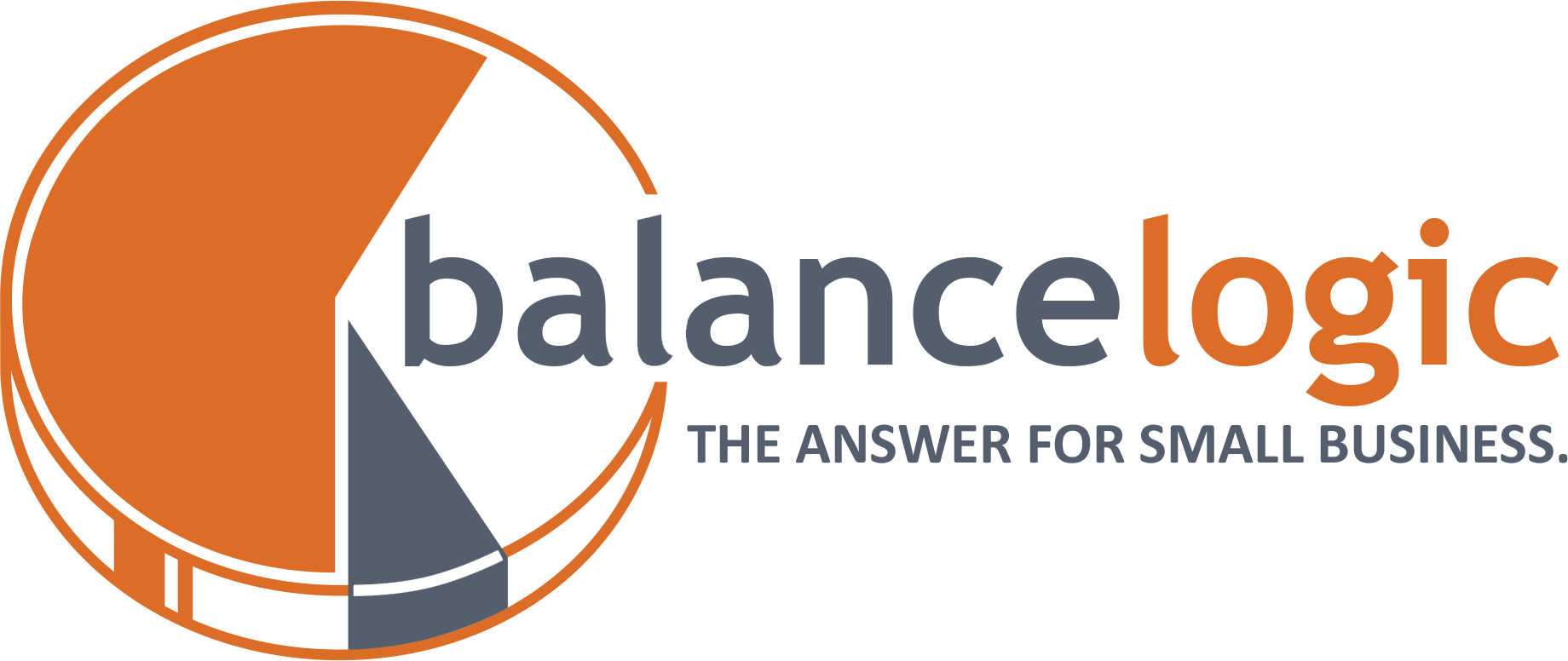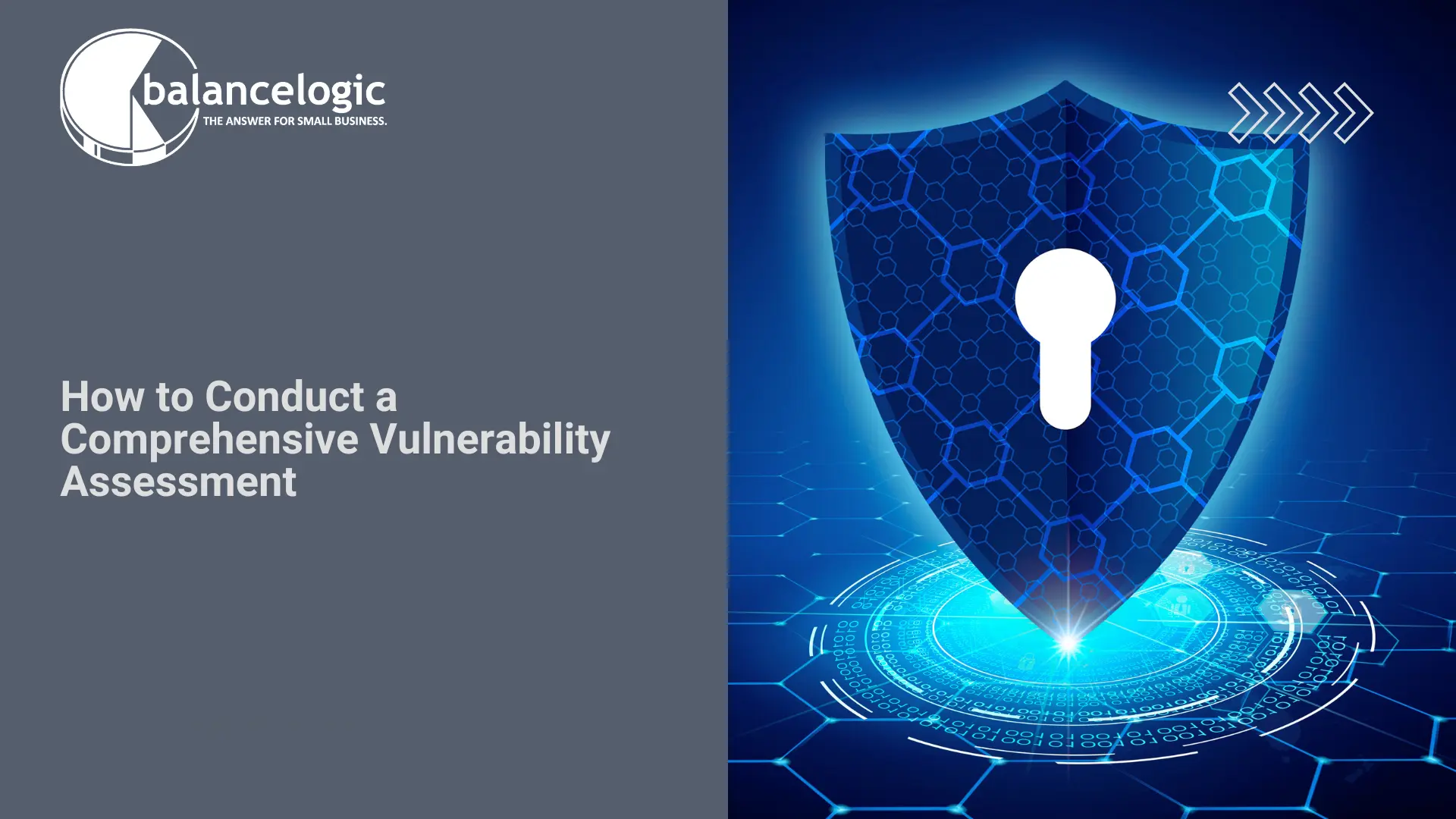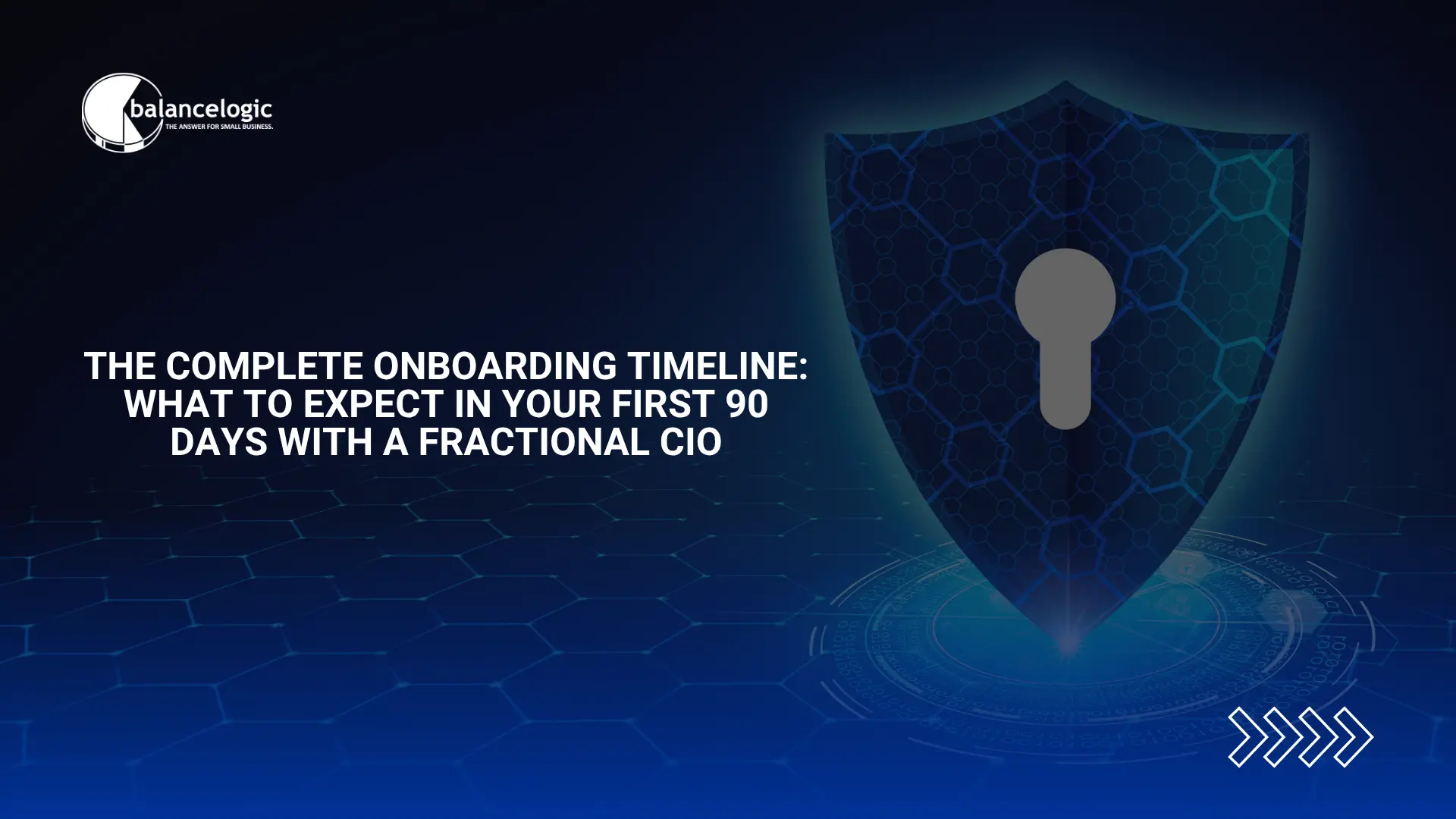When companies decide to bring on a Fractional Chief Information Officer (CIO), they are often looking to enhance their IT strategy without the overhead costs of a full-time executive. The role of a Fractional CIO may vary from organization to organization, but the onboarding process remains relatively consistent. Understanding the onboarding timeline can help both the Fractional CIO and the organization set expectations, identify goals, and align on the strategic direction.
The First 90 Days Plan
The first 90 days are crucial for laying the groundwork for successful collaboration. This is a critical period for the Fractional CIO to evaluate the existing IT landscape and assess how technology can support the business’s broader objectives. Let’s break down how this onboarding timeline generally unfolds, focusing on key phases that are essential to a successful integration.
Week 1-2: Introduction and Stakeholder Engagement
During the initial week, the focus shifts toward introduction and engagement with stakeholders. This involves meeting with key team members, understanding existing workflows, and identifying any pain points that may need immediate attention. The Fractional CIO will set up communication protocols to ensure that everyone is aligned and knows how to share feedback or ask questions. These protocols can take various forms, including scheduled check-in meetings, email updates, or collaborative software tools that facilitate ongoing dialogue.
The stakeholder introduction serves multiple purposes: it not only helps the Fractional CIO gather insights but also fosters transparency and invites collaboration with internal teams early on. Getting everyone on the same page is essential for ensuring that IT strategy supports the overarching business goals.
Week 3-4: Technology Audit
The next phase is crucial for developing a well-rounded IT strategy: the technology audit. A detailed assessment of current systems, software, and infrastructures will help the Fractional CIO gain a comprehensive understanding of what’s working and what isn’t.
This audit should include an evaluation of existing hardware, software, data management practices, and cybersecurity measures. It may also examine how well these solutions align with business objectives. In the course of performing the technology audit, the Fractional CIO may identify gaps that need to be addressed or opportunities to enhance efficiency through new technologies.
With an operational understanding in place, the Fractional CIO can then craft a blueprint for IT strategy development that aligns with the organization’s vision and objectives.
Week 5-7: Strategic Alignment and Planning
The findings from the technology audit feed directly into strategic alignment discussions. During this period, the Fractional CIO will work diligently to ensure that any proposed IT initiatives align with the broader business strategy. This often involves collaborating with various departments to identify technology-driven opportunities that support growth, efficiency, and innovation.
A well-developed first 90 days plan should include short-term goals as well as a high-level vision for long-term IT initiatives. One technique for effective planning is to use measurable KPIs (Key Performance Indicators) to evaluate the impact of IT changes on the business. These indicators will help stakeholders understand both the potential ROI of tech investments and how they tie back to overall business performance.
Week 8-12: Implementation and Ongoing Collaboration
As the first 90 days nearing completion, it’s time for implementation of the proposed strategies. This might include launching new software platforms, optimizing existing systems, or strengthening cybersecurity measures. Ensuring that these initiatives are executed effectively often requires additional collaboration with internal teams—in particular, the IT department, marketing, and operations—to iron out any kinks during rollout.
Throughout these weeks, it’s also essential to maintain strong communication protocols. Providing regular updates and gathering feedback from stakeholders enables quick adjustments along the way, keeping everyone committed to the transformation journey. It’s common to encounter challenges; being transparent and having a collaborative mindset will help address issues promptly.
Final Thoughts: The Road Ahead
The onboarding timeline for a Fractional CIO is an intricate journey but also a vital one for achieving effective strategic alignment and long-term IT success. From stakeholder introductions to technology audits and strategy development, each step holds significance for future endeavors. By establishing a solid foundation in these first 90 days, organizations can prepare to leverage their IT assets effectively.



